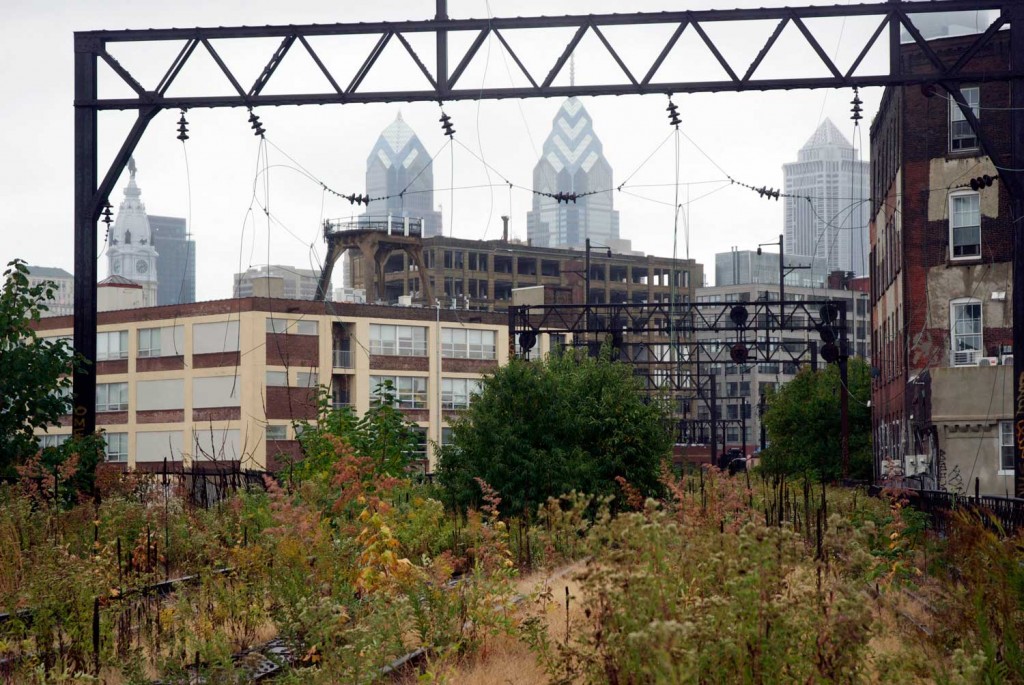Paul VanMeter, co-founder of VIADUCTgreene in Philadelphia, has written, with Leah Murphy, a fascinating article on “Placemaking” in the online journal Philadelphia Social Innovations. It begins: “Great, vital Places — capitalization intended — are imperative for cultivating creative and cultural life,” and goes on to explore what gives a building — or a former battlefield, a street, a park — its own particular, unique sense of place. They describe the responsibility that the transformers of place — citizen groups, urban planners — have to the community, arguing that “It’s up to the imaginations of placemakers to recognize the need for reprogramming our City’s treasures, retrofitting them to accommodate contemporary uses that will serve both to reinvent places and preserve their histories.” For them, a successful Place — one that merits a capital “P” — “has a distinctive identity and an integral connection to its physical, sociocultural and historical context.” The old and the new exist together, and enrich us all the more for their dual power.
Lately on this blog I’ve been writing about “Urban Greenway” projects around country that are transforming century-old corridors of industrial infrastructure into unique public arenas. Bridges and trestles once designed to carry trolleys, automobiles, freight, passenger, and mail trains, have been re-imagined, then recreated, into open spaces that serve a new community purpose. All of these places can be appreciated in two ways at once: as a metaphoric platform for teaching a community something of its history, and as a literal one for promenading — quite pleasantly, as it turns out — through our complex, modern cities. Of all the works-in-progress that I’m aware of, the one in Philadelphia is the most exciting, and a prime reason is that the people behind it — at VIADUCTgreene and the Reading Viaduct Project — have a deep understanding of this particular Place. That understanding informs everything they do.
Over the past year I’ve made two visits to the old Reading Railroad’s elevated viaduct, both times led by Paul and his infectious enthusiasm for the Place (capitalization intended…). Paul never conducts a tour without an iPad, because just as important as the sights one can see now — former warehouses and industrial buildings, the Philly skyline (including William Penn himself, looking down on the city from a pedestal) — is the history of the railroad and the neighborhoods it once traversed. On the iPad are photos of sites we pass on our tour, from the historic Reading Terminal Market and the old Baldwin Locomotive Works to neighborhood streets in the Callowhill district 100 years ago. “See over there,” he points, “and now here,” swiping the iPad so it shows a black & white photo of a familiar but long-ago scene. We begin to understand the layers of place that surround us. Once the VIADUCTgreene project is a reality its three miles of underground tunnels and elevated park will enable visitors to traverse some 55 busy city blocks without crossing a single street. The city of Philadelphia will have a new stage for natives and tourists alike to stand upon and absorb its great history. [continue reading…]












